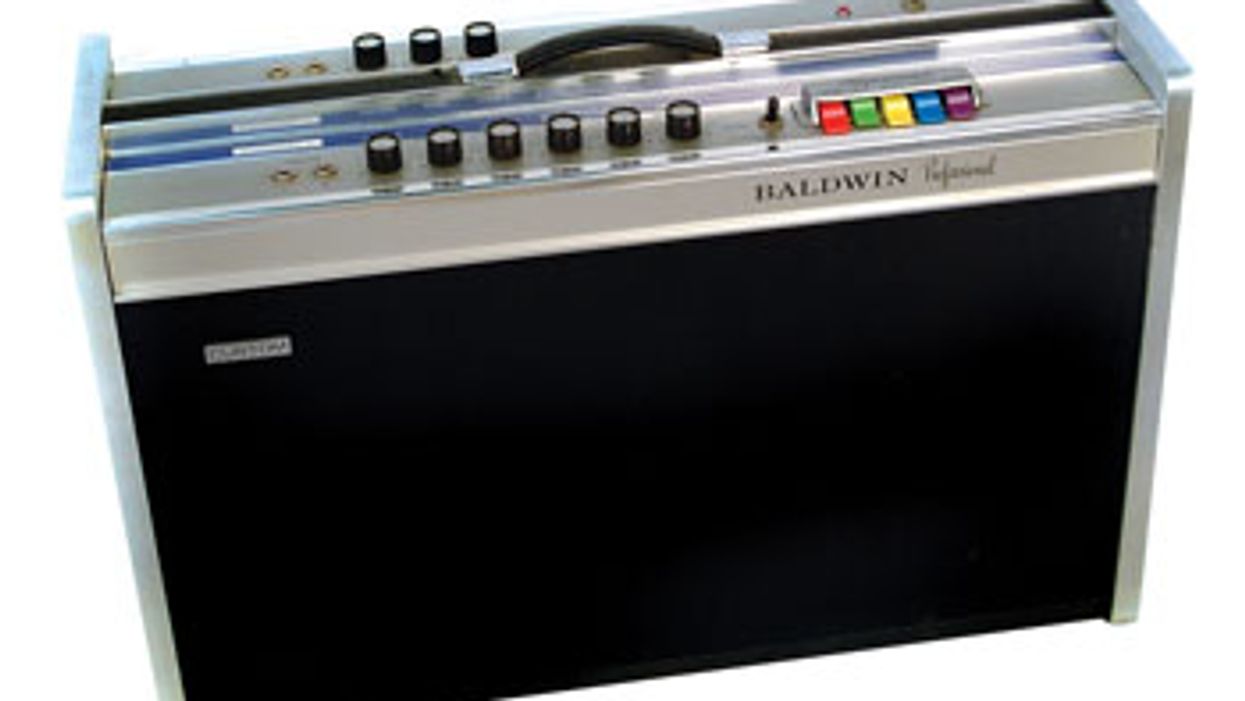Search
Latest Stories
Start your day right!
Get latest updates and insights delivered to your inbox.
baldwin-professional-amplifier-approximate-value-joliet-illinois-trial-error-experience-model-dwight-hamilton-english-luthier-jim-burns-fender-preset
Don’t Miss Out
Get the latest updates and insights delivered to your inbox.
Recent
load more
